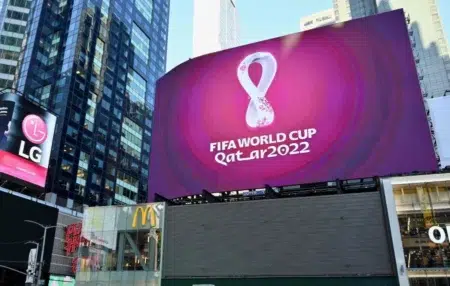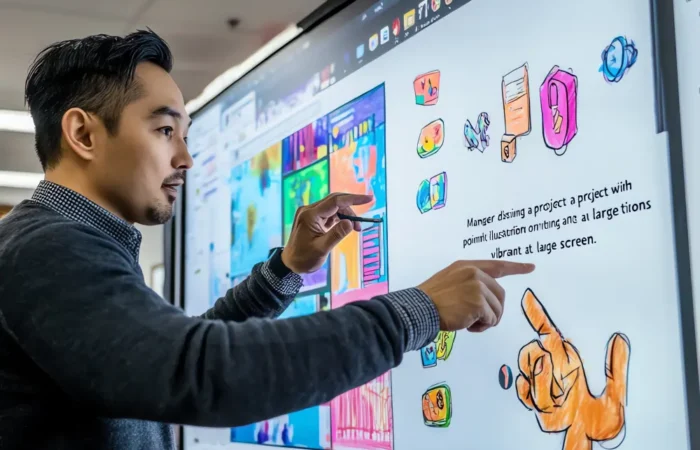Digital Billboard Malaysia Need to be Upgrade significantly

While larger displays are preferable in
LED digital signage, there are other aspects that contribute to a display’s effectiveness. Visual Art’s director of marketing and communications, Monika Lindquist, wrote a guest essay for Digital Signage Today in which she discussed the optimal applications for LEDs.
When it comes to a highly visible and large-scale digital solution, LED has been the clear choice for a long time.
Most people, when we mention Malaysia and Kuala Lumpur, picture the enormous LEDs that encircle the area. Massive digital communication channels that loudly proclaim their messages assist set the mood and pique people’s interest.
The use of LEDs in digital signs and other digital communication channels has, to put it mildly, changed the game.
There’s a straightforward explanation for why. Modular possibilities with LED have opened up entirely new avenues as technology has advanced and prices have decreased. Screens of previously impossible (or prohibitively expensive) proportions are now within reach thanks to the simplicity with which smaller components may be assembled into a larger device. However, a reconsideration is in order now that LED use has spread to more compact sizes.
It is time for us to once again bring about a major shift in the way business is done.
Although size is significant, form is more crucial.
Digital Billboard Malaysia need bigger improvement
One might think that a bigger screen would be more appealing to an audience. And while this was indeed true at one time, times have changed.
As huge screens grow more commonplace in daily life, our brains process them in the same way they do other sources of frequent stimulation: by sorting them out and moving on to something else. The specifics vary, of course, but we often generalise to make our points.
Digital Billboard Malaysia The things that used to awe and amaze us no longer have that effect.
With the use of technology and human ingenuity
We can do things like think outside the box and design things that are out of the ordinary in terms of size, shape, and form, so attracting the brain’s attention and keeping it focused on the screens.This can be understood by imagining four corner pillars surrounding a stand in a store. By constructing the ends as screens and slicing the content along all four sides, the installation prompts contemplation by presenting a different entire depending on the viewer’s perspective. It deviates from the standard format for what a screen “should” be. Seeing something that is different from what we’re used to is guaranteed to pique our interest and curiosity.
So, it all comes down to size. However, it’s not true that bigger is always better. The format is the most important factor.
As 1 becomes 100, so do the possibilities and demands.
A fascinating and instructive illustration of this is the big LED screen in the centre of a German shopping mall that virtually no one visits. There, a solution including one hundred screens in a long corridor has been installed for guests to peruse. An electronic hallway with well coordinated stuff that will get your eyes and mind working overtime.
One hundred screens require one hundred times the effort to keep up
With, both in terms of hardware and content. However, the financial outlay need not increase. Taking into account current costs per square inch of display space, the final price may wind up being even lower. Additionally, it is simpler to service and maintain a collection of smaller units than a single large one.
It introduces novel content requirements, but the requisite upkeep is made easier by sophisticated digital signage software. However, because it is a new kind of communication, individuals who create the information will need to adapt their way of thinking.
Thus, the future of digital communication channels is both more and less abundant than the past.
LED technology is now again central. Better digital signage software and, most importantly, smarter artists are needed for the future LED, the small screen. The future is not limited to any certain format.
 While larger displays are preferable in LED digital signage, there are other aspects that contribute to a display’s effectiveness. Visual Art’s director of marketing and communications, Monika Lindquist, wrote a guest essay for Digital Signage Today in which she discussed the optimal applications for LEDs.
While larger displays are preferable in LED digital signage, there are other aspects that contribute to a display’s effectiveness. Visual Art’s director of marketing and communications, Monika Lindquist, wrote a guest essay for Digital Signage Today in which she discussed the optimal applications for LEDs.






